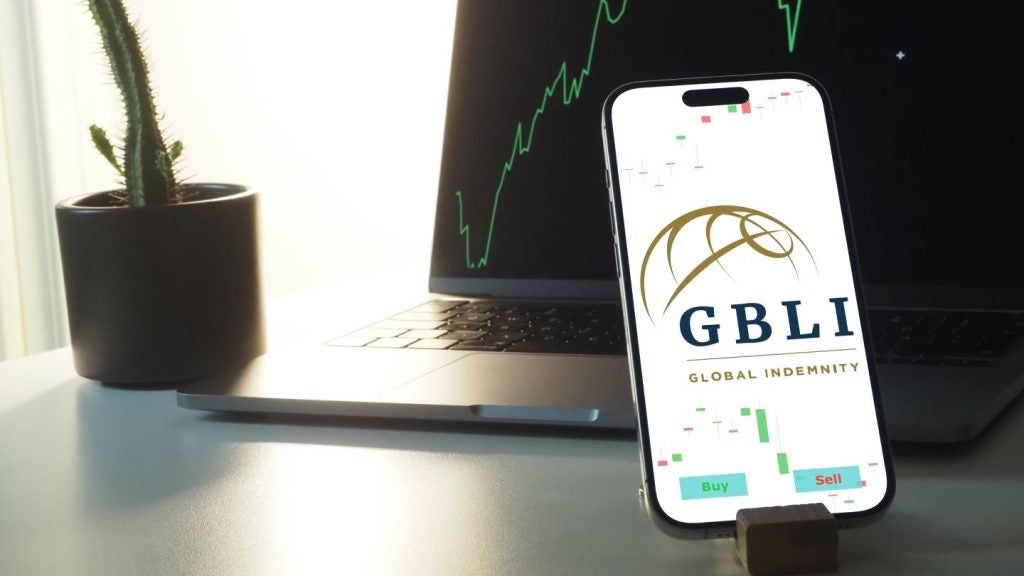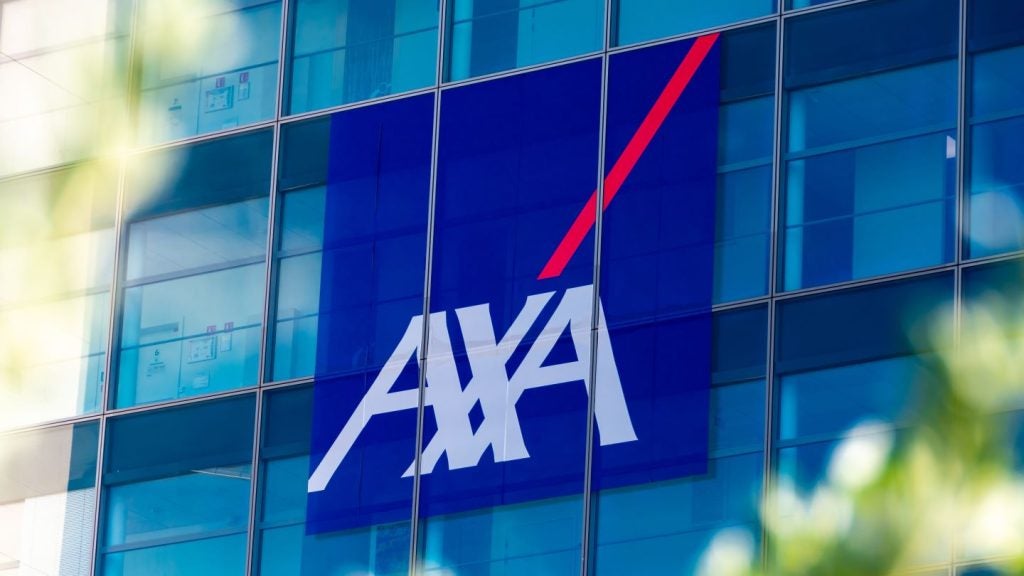
Indonesia’s life insurance market is expected to record a compound annual growth rate (CAGR) of 13.4%.from 2015-2020, according to a new report published by Timetric.
The report, Life Insurance in Indonesia, Key Trends and Opportunities to 2020, which is available at Timetric’s Insurance Intelligence Center, says this expansion will be supported by economic growth, falling unemployment, increased disposable income, life expectancy and consumer awareness of insurance.
It means that Indonesian life segment’s gross written premium is forecast to rise from IDR114trn ($8.6bn) to IDR207.3bn in 2020.
In the first place, the report explains that the working-age population (aged 15–64 years) in Indonesia accounted for 67.5% of the total population in 2015. This provides a large potential client base and growth opportunities for life insurers.
Economic growth
According to the World Bank, the Indonesian economy is also expected to grow by 5.3% in 2016 due to increased public spending on infrastructure; transport and energy; implementation of monetary and fiscal reforms by the central bank; and economic reforms such as opening up of 35 industrial sectors to 100% foreign direct investment.
How well do you really know your competitors?
Access the most comprehensive Company Profiles on the market, powered by GlobalData. Save hours of research. Gain competitive edge.

Thank you!
Your download email will arrive shortly
Not ready to buy yet? Download a free sample
We are confident about the unique quality of our Company Profiles. However, we want you to make the most beneficial decision for your business, so we offer a free sample that you can download by submitting the below form
By GlobalDataEconomic growth will therefore increase household disposable income and support growth in the life segment over 2015-2020.
A fall in unemployment will lead to an increase of potential buyers, providing growth opportunities in the segment. The Indonesian unemployment rate fell from 7.3% in 2010 to 6% in 2015, and is forecast to fall further to 4.5% in 2020. This is expected to support growth in life categories such as pension, annuity, endowment and term life.
The Indonesian life insurance penetration was 0.99% in 2015, lower than neighbouring Malaysia with 3.33%, Philippines with 1.32%, Thailand with 3.8% and Singapore with 6%.
Insurers in high-penetration countries compete on price to attract customers. However, in Indonesia, insurers compete to capture a particular category or target underpenetrated regions in the country. Awareness of the benefits of life insurance and diversifying product portfolios will create opportunities in the underpenetrated Indonesian life segment over 2015-2020.
Digitalization and adoption of technology
The IIC report notes that Indonesian insurers are adopting new technology and introducing digitalization to enhance interfaces between sales forces and customers.
For example,
- Indonesian insurers such as Manulife Indonesia, Allianz Indonesia, Axa Mandiri and PT Prudential Life Assurance (Prudential Indonesia) launched new websites during 2011-2015.
- Manulife’s MiAccount gives customers easy access to accounts and speeds up the claims process. Similarly, Axa Mandiri’s Social Media Command Centre (SMCC) allows the company to effectively communicate, interact with and serve its customers.
- Allianz also developed a customer site for customers to monitor policy statuses, receive historical transaction information and unit prices for unit-linked products, and track claims.
Agency network and improved penetration
Life insurers in Indonesia are primarily dependent on agencies to distribute products. The country’s conglomerate of islands requires a strong agency network to sell, promote and create awareness of life insurance.
According to the Indonesia Life Insurance Association (AAJI), the number of insurance agents increased by 27.5% from 356,731 in 2013 to 454,706 in 2014.
The OJK in association with AAJI is planning to recruit 10 million insurance agents over the forecast period. This is expected to support growth in Indonesian life insurance penetration.
The favorable regulatory environment has made bancassurance the fastest-growing distribution channel in the Indonesian life segment.

Industry view
Angela Koechli, head of life and health, at Peak Re, has told Life Insurance International that Indonesia’s growing middle class and low insurance penetration coupled with an economic power house is putting it in the “sweet spot” for life insurance growth, both for conventional and Takaful insurance, and there is also high demand for microinsurance.
“The combination of these facts makes Indonesia the greatest growth potential market within the ASEAN region,” says Koechli.
Challenges
In spite of all the opportunities in the Indonesian life insurance market, according to AAJI, life insurers’ investment income fell in 2015.
Volatility in the Indonesian financial markets led to a 152.7% drop in investment yields by the end of Q3 2015, which reduced life insurers’ investment incomes by 26.3%.
On December 31, 2014, the OJK announced an increase in the minimum capital requirement for insurers from IDR70bn (US$5.9m) to IDR100bn.
It also increased the minimum capital requirement for reinsurers from IDR100bn to IDR200bn and for takaful insurers from IDR50bn to IDR100bn.
This challenge for smaller insurers is expected to lead to an increase in mergers and acquisitions over the forecast period. However, it will increase insurers’ underwriting capacities, and protect policyholders’ interests by ensuring financial stability in insurers.







